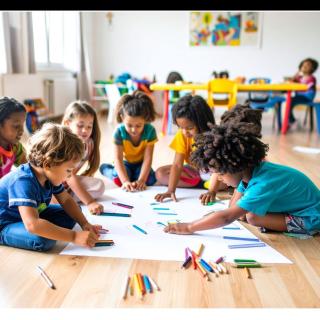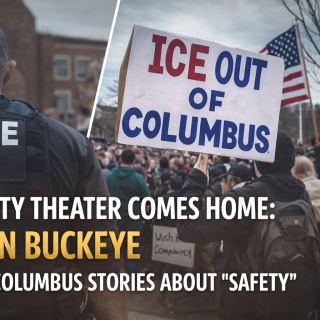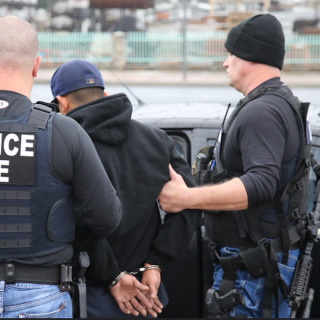Advertisement
As the vast majority of companies rush to reopen and people rush back to public life, they’re falling into the trap of “getting back to normal.” They’re not realizing we’re heading into a period of waves of restrictions once again, due to many states reopening too soon.
Indeed, some of the states to open early onward have already reimposed some restrictions. This shows that as I predicted in a newspaper editorial way back at the start of the pandemic on March 10, 2020, we will greatly underestimate the pandemic and need to prepare to face rolling waves of restrictions and shutdowns until a vaccine. To avoid the trap of normalcy, we need to understand the parallels between what’s going on now, and what happened at the start of the pandemic.
Very many prominent business and political leaders downplayed the pandemic in its early stages. As a result, most business owners and plenty of ordinary citizens initially perceived the pandemic as little worse than the common cold.
This initial impression anchored their opinions toward minimizing the threat posed by COVID-19. In neuroscience and behavioral economics research, we call such initial impressions an “anchor.” Our minds tend to fall into a dangerous judgment error called the anchoring bias or focalism, where we give too much credit to the initial piece of information we received on a topic and perceive the rest of the information through the filter of that initial impression.
Yes, first impressions really matter, too much for our own good! That means as new information became available about the danger of COVID-19, people stuck to their initial impressions. They feel very reluctant to change their minds based on new evidence. Nowhere is this more evidence than in guidance on wearing masks.
Initially, the CDC indicated that there’s no need to wear masks to protect yourself or others from COVID-19. Over time, as research evidence accumulated on the benefits of wearing masks, the CDC changed its guidelines, highlighting the importance of masking in public.
That’s how science works: changing evidence results in changing guidelines. But that’s not how our brains work, at least for those without training in critical evaluation of evidence.
The result? Many disregarded the new guidance, especially if those they consider authority figures did not reinforce it. Due to a mental blindspot called emotional contagion, we tend to adopt the perspectives of those we see as authority figures. With their guidance, we can overcome initial anchoring; without it, we will stick to our initial perspective.
Just as dangerous is another dangerous judgment error that cognitive neuroscientists call the normalcy bias. This mental blindspot refers to the fact that our gut reactions drive us to feel that the future, at least in the short and medium term of the next couple of years, will function in roughly the same way as the past: normally. As a result, we tend to vastly underestimate both the possibility and impact of a disaster striking us. Moreover, we will rush to get back to normal even when we should be preparing for the aftershocks or continuation of the disaster.
The normalcy bias, anchoring bias, and emotional contagion are three of over one hundred mental blindspots that cognitive neuroscientists and behavioral economists like myself call cognitive biases. Fortunately, recent research by myself and other scholars has shown us how we can effectively defeat such dangerous judgment errors.
First you need to understand and evaluate where you yourself and your organization have fallen into each of these biases, and evaluate the damage caused by doing so. Then, you need to consider realistically the long-term outcomes and plan for a realistic scenario that addresses the likelihood of major disruptions.
Prepare to deal with waves of restrictions and loosenings for the long haul, especially as it’s likely that the coronavirus will get worse in the Fall, as weather gets colder. Remember, even if you made some bad decisions in the past, you always have the opportunity to make better decisions going forward to survive and thrive through the pandemic.
_______________
Gleb Tsipursky, Ph.D., is a cognitive neuroscientist and behavioral economist, former professor at Ohio State University, and CEO of Disaster Avoidance Experts, LLC, a boutique consulting, coaching and training firm, and author of Resilience: Adapt and Plan for the New Abnormal of the COVID-19 Coronavirus Pandemic



